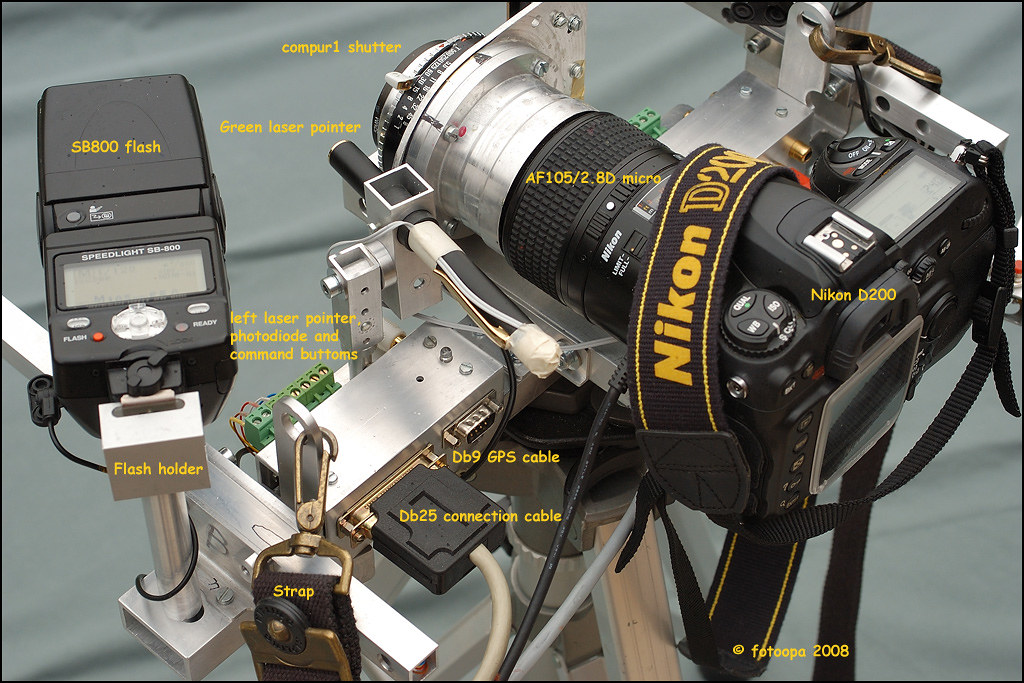Ik had graag een high speed flash trigger gebouwd. Dit is een trigger die een flits kan aansturen op basis van bijvoorbeeld geluid of een lichtstraal die onderbroken wordt.
Hiermee kan je dan foto's maken zoals bijvoorbeeld dit
Op verschillende websites kan je kant en klare oplossingen kopen, maar die kosten vaak meer dan 250$!
Echter bij Hiviz.com worden er zelfbouwkits (bijvoorbeeld sound-triggered) verkocht voor ongeveer 35$ (incl. verzendkosten). Dit moet wel uit Amerika komen dus de kans op douanekosten is dan vrij groot, waardoor de uiteindelijke prijs wel wat hoger kan liggen!
Bij de assemblage richtlijnen wordt er telkens bij het begin vermeldt welke elektronische componenten er nodig zijn.
Nu is mijn vraag of je deze componenten ook in België kan kopen, zodat ik zo'n trigger kan bouwen, zonder te veel verzend- en douanekosten te moeten betalen.
Alvast bedank.
Hiermee kan je dan foto's maken zoals bijvoorbeeld dit
Op verschillende websites kan je kant en klare oplossingen kopen, maar die kosten vaak meer dan 250$!
Echter bij Hiviz.com worden er zelfbouwkits (bijvoorbeeld sound-triggered) verkocht voor ongeveer 35$ (incl. verzendkosten). Dit moet wel uit Amerika komen dus de kans op douanekosten is dan vrij groot, waardoor de uiteindelijke prijs wel wat hoger kan liggen!
Bij de assemblage richtlijnen wordt er telkens bij het begin vermeldt welke elektronische componenten er nodig zijn.
Nu is mijn vraag of je deze componenten ook in België kan kopen, zodat ik zo'n trigger kan bouwen, zonder te veel verzend- en douanekosten te moeten betalen.
Alvast bedank.




 , maar als je een beetje kunt programmeren kun je ook aan een Arduino microcontroller boardje denken... Daar ben ik toevallig een tijdje geleden mee begonnen, heb nu ondertussen een boardje dat een high speed trigger heeft (kan camera en/of flitser apart / tegelijk triggeren), een timelapse functie en een functie om reeksen te maken met verschillende sluitertijden.
, maar als je een beetje kunt programmeren kun je ook aan een Arduino microcontroller boardje denken... Daar ben ik toevallig een tijdje geleden mee begonnen, heb nu ondertussen een boardje dat een high speed trigger heeft (kan camera en/of flitser apart / tegelijk triggeren), een timelapse functie en een functie om reeksen te maken met verschillende sluitertijden. 

Comment